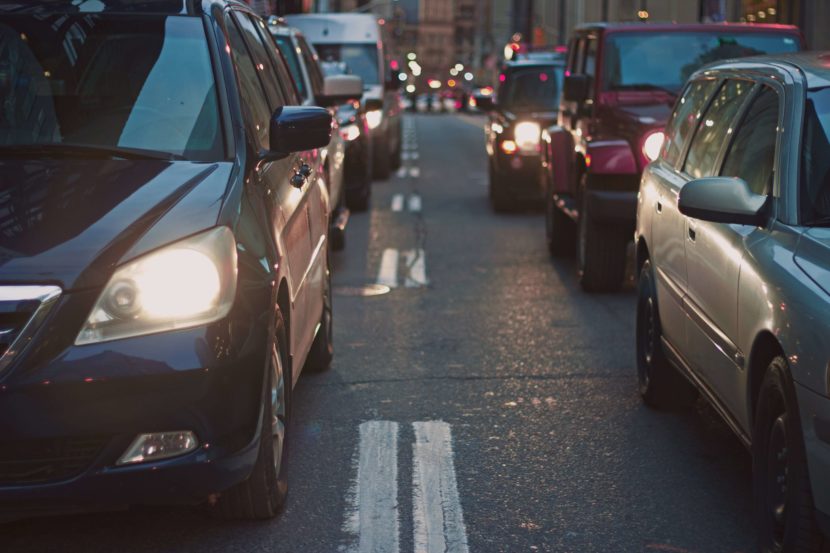Automobile insurance companies have apps and devices to monitor driver behavior.
Drivers consent to the monitoring for discounts. In 2024, drivers can be desperate to find savings amidst inflation-challenged budgets. Car insurance premiums soared an average of 24 percent this year, far beyond many other expense categories.
The apps and devices record and report hard braking, speed, and other details to the insurance company. What the company does with the data and how it affects a covered driver’s premium depends on the company itself.
On-road drowsiness is a big contributor to accidents. Could auto insurance companies ever want access to sleep tracker data to increase further or reduce rates?
None of the insurance companies have officially announced plans to do this, though insurers use other data from fitness trackers.
As far as driving monitors, judging by people’s experiences as detailed on Reddit, the apps aren’t accurate. When you have two covered drivers going somewhere together, the apps purport to be able to tell who is and isn’t driving. The apps aren’t always right and it’s not always possible to correct the app.
Wearable sleep trackers measure sleep on one data point. They’re not even close in accuracy to the measurements possible in a sleep lab. For a car insurance company, such measurements might be good enough to offer a discount or savings.
Who’d be affected?
Driving while drowsy can be the same as driving while drunk or high. Unlike the substances, however, there’s no way to test a drowsy driver for impairment.
The groups most affected by drowsy driving are shift workers, young adults, and people with untreated sleep apnea. When setting premiums, the goal of an insurance company is to control risk as much as possible. There are plenty of potential customers who are young, who work the night shift, who don’t have undiagnosed sleep apnea who never drive while drowsy. If an insurance company could eliminate these drivers from their risk pool, it would boost profits.
What are drowsy driving accidents like?
The National Center on Sleep Disorders Research, the National Institutes of Health, and the National Highway Traffic Safety Administration identified several characteristics of these accidents:
- They happen late at night or early morning.
- They’re serious, often with a single fatality.
- The vehicle leaves a high-speed roadway.
- The driver doesn’t attempt to avoid the crash.
Serious accidents are costly, up to the limits of the individual’s policy.
Drowsy driving risk factors
In a review of these cases, experts identify several common risk factors.
- Driving between midnight and 6 am.
- Consumption of sedating medications like hypnotics, antidepressants, and certain antihistamines.
- Sleep apnea
- Alcohol
If a driver was compelled to wear a sleep tracker and send the data, it would enable auto insurance companies to subdivide these categories into riskier and non-riskier groups.
We’re always going to need shift workers. The auto insurance companies will prefer to cover the ones who are better at sleeping, in addition to driving.
Privacy policies are always changing. They’re long and obtusely written. It’s an open pathway for improved accident likelihood forecasting, should an auto insurance company make that choice.
Also on the blog:
James Cobb RN, MSN is an emergency department nurse and the founder of the Dream Recovery System. This blog is dedicated to providing tips and commentary on improving sleep, a high-impact one-third of everyone’s life.
We use some affiliate links. This arrangement doesn’t affect our opinions but it does provide a small bit of renumeration if you click on a link and make a purchase.
